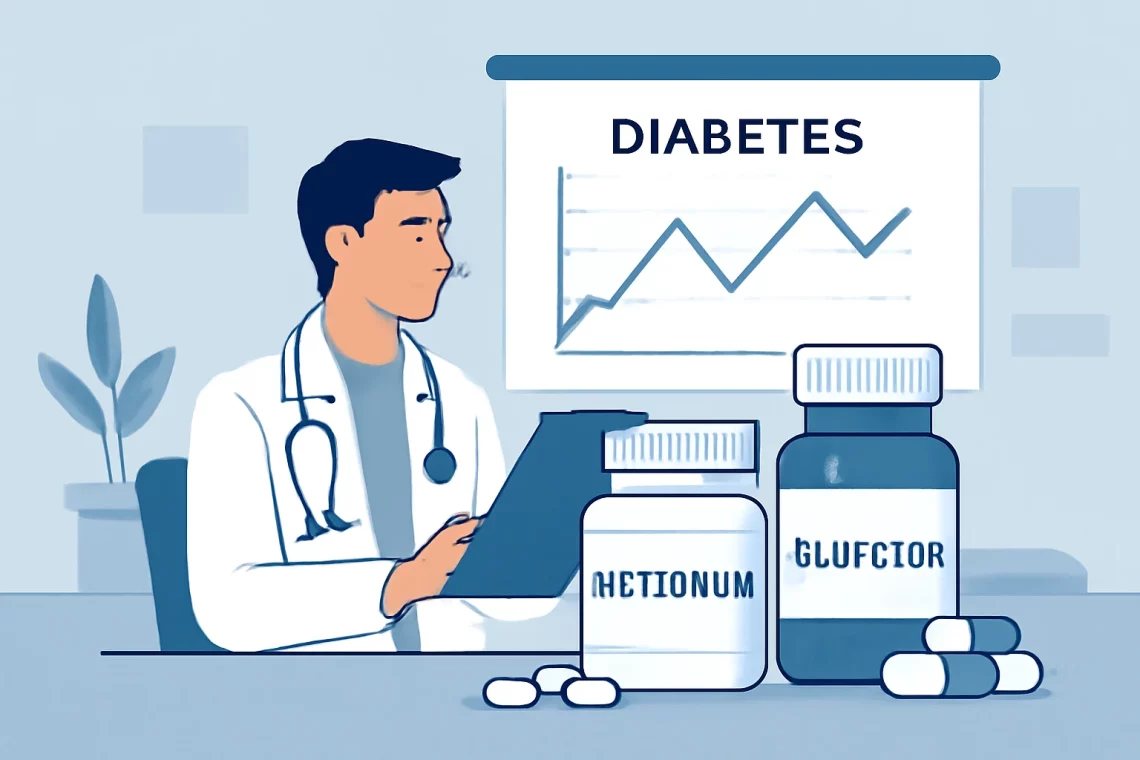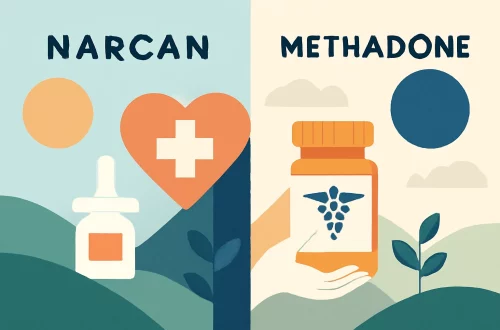
Metformin vs Glipizide: Which is Better for Managing Diabetes?
Metformin and Glipizide are two widely used medications in the management of type 2 diabetes. As the prevalence of diabetes continues to rise globally, understanding the differences, benefits, and potential drawbacks of these medications is essential for patients, caregivers, and healthcare professionals alike. Both drugs function through distinct mechanisms to help control blood sugar levels, but their applications, efficacy, side effects, and patient experiences can vary significantly.
Metformin, often viewed as a first-line treatment, works primarily by decreasing glucose production in the liver and increasing insulin sensitivity in muscle tissues. On the other hand, Glipizide belongs to a class of drugs known as sulfonylureas, which stimulate the pancreas to release more insulin. The choice between these medications often depends on individual patient factors, including lifestyle, other health conditions, and specific treatment goals.
As patients and healthcare providers navigate the complexities of diabetes management, it is vital to weigh the benefits and risks of each medication carefully. This article explores the mechanisms, benefits, and side effects of Metformin and Glipizide, providing a comprehensive overview for those seeking to understand these treatment options better.
Understanding Metformin
Metformin is a biguanide medication that has been used for several decades to manage type 2 diabetes. It primarily helps lower blood sugar levels through multiple mechanisms. One of its main actions is to reduce glucose production in the liver. This is particularly beneficial for individuals whose livers produce excess glucose, contributing to elevated blood sugar levels.
Another key action of Metformin is to enhance insulin sensitivity in peripheral tissues, such as muscles. By making the body’s cells more responsive to insulin, Metformin allows for more efficient glucose uptake from the bloodstream. This dual action not only helps to lower blood sugar levels but also contributes to weight management—an important factor in diabetes care.
Moreover, Metformin has been associated with a lower risk of hypoglycemia (dangerously low blood sugar levels) compared to other diabetes medications. This property makes it a safer option for many patients, particularly those who may be at risk for hypoglycemic episodes.
In addition to its glucose-lowering effects, Metformin has been studied for its potential cardiovascular benefits. Several studies have indicated that Metformin may help reduce the risk of heart disease, which is a significant concern for individuals with diabetes.
Despite its many advantages, Metformin is not without side effects. The most common issue associated with its use is gastrointestinal discomfort, which may include symptoms such as nausea, diarrhea, and abdominal discomfort. These side effects often improve over time or can be minimized by starting with a lower dose and gradually increasing it.
Overall, Metformin remains a cornerstone of diabetes treatment due to its effectiveness, safety profile, and additional health benefits. It is an excellent option for many patients, especially those who are overweight or have a high risk of cardiovascular disease.
Exploring Glipizide
Glipizide is a medication that falls under the category of sulfonylureas. Unlike Metformin, which primarily focuses on reducing glucose production and improving insulin sensitivity, Glipizide works directly on the pancreas to stimulate insulin secretion. This mechanism can be particularly effective in patients whose pancreatic function is still intact but who require additional help in managing their blood sugar levels.
The primary benefit of Glipizide is its ability to lower blood glucose levels quickly and effectively. By encouraging the pancreas to produce more insulin, Glipizide can lead to a rapid reduction in blood sugar levels after meals. This characteristic makes it an appealing option for individuals who experience postprandial (after-meal) hyperglycemia.
However, the stimulation of insulin release also comes with a risk of hypoglycemia. This is one of the most significant concerns associated with sulfonylureas like Glipizide. Patients must be cautious, especially if they skip meals, engage in intense exercise, or consume alcohol, as these situations can exacerbate the risk of low blood sugar.
Weight gain is another potential side effect of Glipizide. As the medication promotes insulin secretion, it can lead to increased appetite and subsequent weight gain in some individuals. This aspect may be particularly concerning for patients who are already struggling with weight management or who have a history of obesity.
In addition to these considerations, Glipizide may not be suitable for all patients, especially those with certain health conditions such as liver or kidney impairment. These factors can influence how the body metabolizes the medication and its overall effectiveness.
In conclusion, Glipizide can be an effective option for managing blood sugar levels in type 2 diabetes, particularly for those who need help with postprandial glucose control. However, its potential for causing hypoglycemia and weight gain necessitates careful monitoring and patient education.
Comparing the Efficacy and Safety of Metformin and Glipizide
When comparing Metformin and Glipizide, it’s crucial to evaluate their efficacy and safety profiles in the context of individual patient needs. Both medications are effective in managing type 2 diabetes, but they operate through different mechanisms, leading to varying results in different patient populations.
Metformin is widely recognized for its efficacy in lowering HbA1c levels, a key indicator of long-term blood glucose control. Many studies have shown that Metformin can significantly reduce HbA1c levels by approximately 1-2% when used as monotherapy. Its ability to promote weight stability or even modest weight loss is an added advantage for many patients, especially those who are overweight or obese.
In contrast, Glipizide may offer quicker reductions in blood glucose levels due to its action on insulin secretion. This can be particularly beneficial for patients who need immediate control over their blood sugar levels. However, the risk of hypoglycemia associated with Glipizide cannot be overlooked, making it essential for patients to monitor their blood glucose levels regularly.
Safety is another critical aspect to consider. Metformin is generally well-tolerated, with gastrointestinal side effects being the most common issue. In contrast, while Glipizide can effectively lower blood sugar, its side effects may lead to concerns about long-term use, particularly regarding weight gain and hypoglycemia.
Furthermore, the choice between these medications often depends on other health factors. For instance, patients with a history of cardiovascular issues may benefit more from Metformin due to its potential protective effects on heart health. On the other hand, those with significant postprandial spikes in blood sugar may find Glipizide to be a more effective option.
Ultimately, the decision to use Metformin or Glipizide should be made collaboratively between patients and healthcare providers, taking into account individual health profiles, treatment goals, and lifestyle factors.
Making an Informed Decision
Choosing between Metformin and Glipizide requires thoughtful consideration of various factors, including the patient’s overall health, diabetes management goals, and lifestyle. It is essential for patients to engage in open discussions with their healthcare providers, who can offer personalized recommendations based on the latest clinical guidelines and individual health needs.
Lifestyle modifications, such as diet and exercise, play a critical role in diabetes management and can significantly impact the effectiveness of both Metformin and Glipizide. Patients who adopt healthier eating habits and incorporate regular physical activity may find that they can achieve better blood glucose control, potentially reducing their reliance on medication.
Additionally, patients should be informed about the importance of regular monitoring of blood glucose levels and the potential side effects of their chosen medication. Understanding how to recognize signs of hypoglycemia, for example, is crucial for those using Glipizide, while being aware of gastrointestinal symptoms can help those on Metformin.
Ultimately, both Metformin and Glipizide have their place in diabetes management. The key is to tailor the treatment plan to meet the unique needs of each patient. Regular follow-ups with healthcare providers can help ensure that the chosen medication continues to meet the patient’s evolving health needs.
In conclusion, whether a patient is prescribed Metformin or Glipizide, the focus should always be on achieving optimal blood sugar control while minimizing side effects. With proper management and lifestyle adjustments, individuals with type 2 diabetes can lead healthy, fulfilling lives.
**Disclaimer:** This article is not intended as medical advice. For health-related issues, please consult a healthcare professional.




